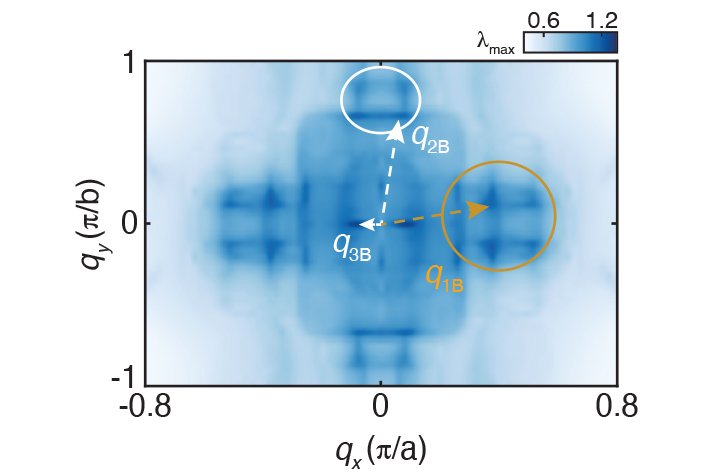Collaborative research featuring University of Minnesota MRSEC theorists sheds new light on superconductivity in two-dimensional materials

New work appearing in Nature has uncovered unusual and appealing superconducting properties realized in bilayer MoTe2. This two-dimensional semimetal is formed by stacking two atomically thin layers of MoTe2 in a specific non-centrosymmetric configuration that allows for a phenomenon called ferroelectricity to emerge. This is already surprising, because ferroelectricity is most commonly found in insulating compounds. Even more surprisingly, superconductivity appears together with ferroelectricity, which opens the door for unique and powerful ways to control this quantum state of matter, characterized by electric currents being transmitted without dissipation.
University of Minnesota Physics PhD student Amartya Saha, working under the guidance of Prof. Turan Birol, from the Department of Chemical Engineering and Materials Science, and Prof. Rafael Fernandes, from the School of Physics and Astronomy, developed a theoretical model to elucidate the unusual superconducting properties displayed by this material. The trio, funded by the University of Minnesota Materials Research Science and Engineering Center (MRSEC), collaborated with experimental groups at Columbia University, University of Wisconsin-Madison, and the National Institute of Materials Science of Japan, to address why superconductivity in bilayer MoTe2 only appears when both electron-like and hole-like types of charge carriers are available. Using an approach combining first-principles and model calculations, they attributed this behavior to an unconventional microscopic mechanism for the superconducting state, in which electronic interactions rather than vibrations of the crystal play the primary role, thus shedding new light on the phenomenon of superconductivity in two-dimensional materials.